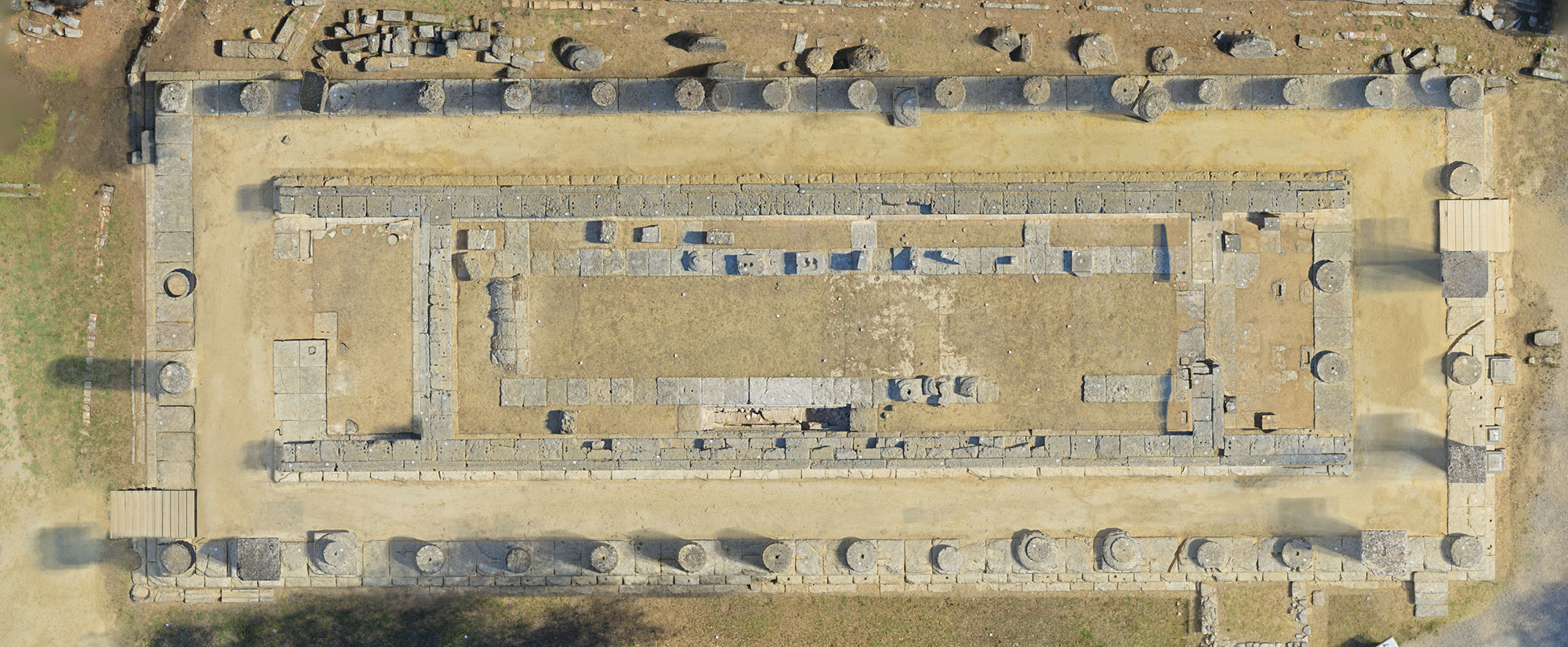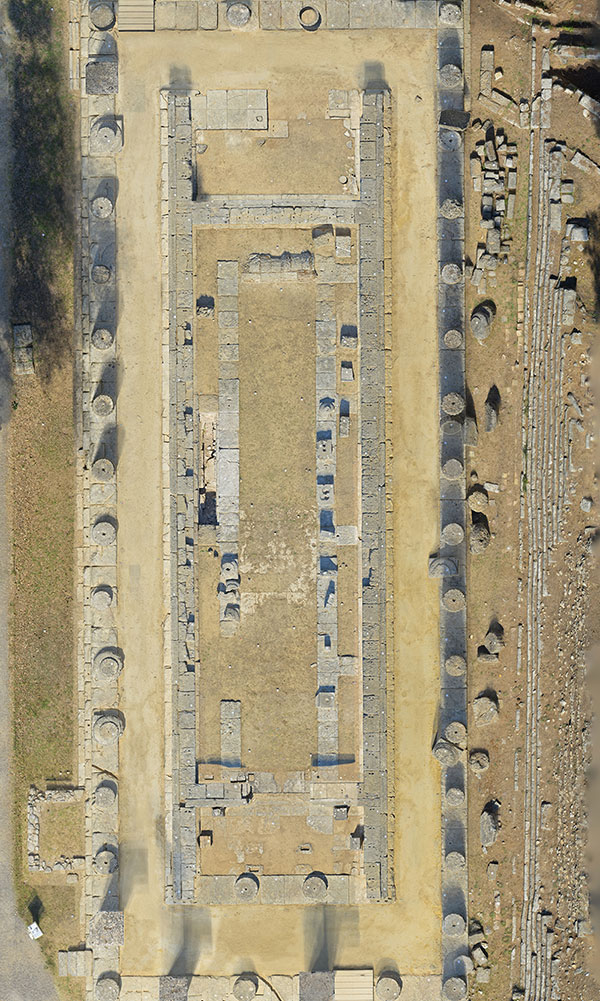ARKHANGELSK, RUSSIA—Live Science reports that a team led by Evgeny Ermolov of the Russian Arctic National Park investigated a World War II–era weather station, complete with a bunkhouse, emergency supply depot, and an emergency aircraft landing strip built by the German military on an island in the Barents Sea. The island is usually trapped by snow and ice for much of the year, but this August, the land was clear and the team was able to investigate the site. The last of the German meteorology team members who worked at the station were evacuated by U-boat in 1944, but others had to be airlifted off the island earlier that year after getting ill from eating improperly cooked polar bear meat. “It was quite disastrous—the expedition leader went crazy, and when they were flown out he had to be strapped down to the floor of the aircraft, so he wouldn’t run riot,” commented polar historian William Barr. Ermolov and his team recovered more than 600 artifacts, including army and naval uniforms, fragments of weapons and ammunition, fuel barrels, tents, batteries, crates, smoke bombs, signal flares, books, documents, manuals, and meteorology textbooks. After the war, the Soviet military used the base into the 1950s. To read about another discovery in the Arctic, go to “Franklin’s Last Voyage.”
Nazi Weather Station Investigated in the Arctic
News November 7, 2016
Recommended Articles
Digs & Discoveries November/December 2015
Aftermath of War

Digs & Discoveries November/December 2025
Canine Couture
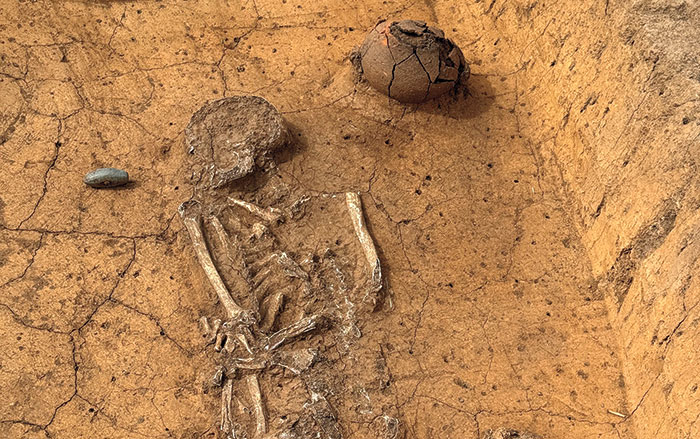
Digs & Discoveries September/October 2025
Good Night, Sweet Prince

Digs & Discoveries July/August 2025
Saints Alive
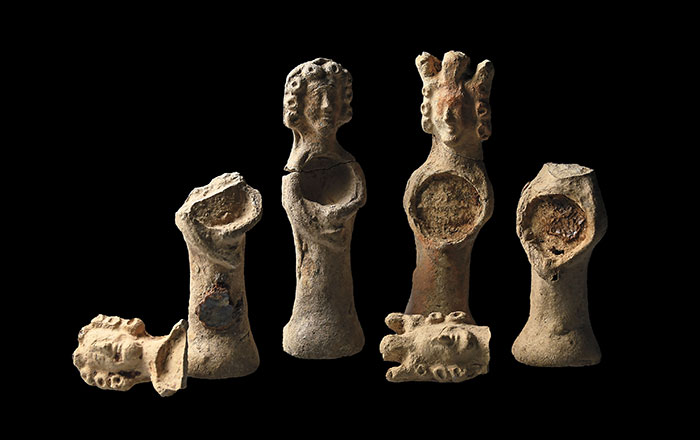
-
Features September/October 2016
Romans on the Bay of Naples
A spectacular villa under Positano sees the light
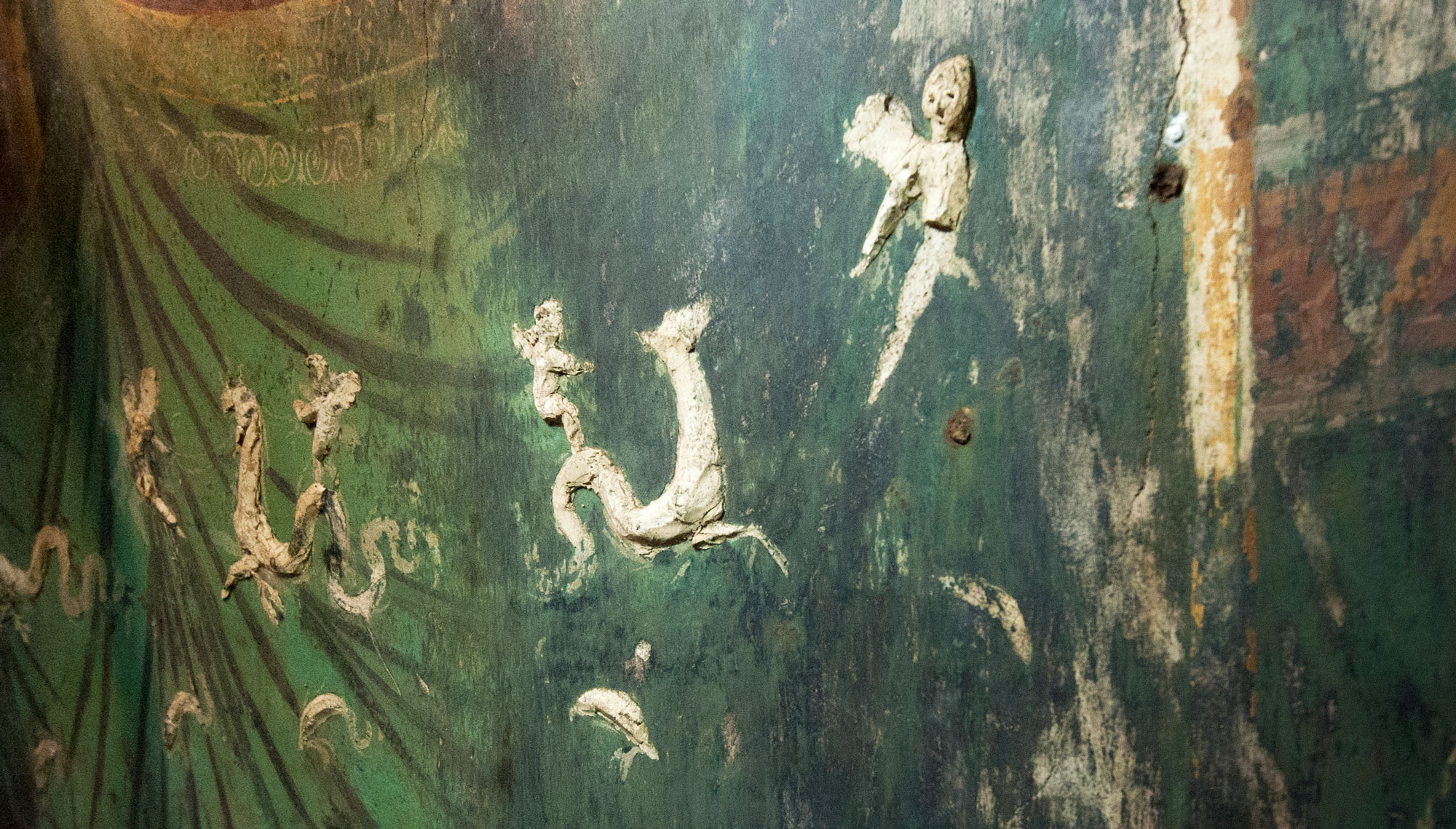 Marco Merola
Marco Merola -
Features September/October 2016
Worlds Within Us
Pulled from an unlikely source, ancient microbial DNA represents a new frontier in the study of the past—and modern health
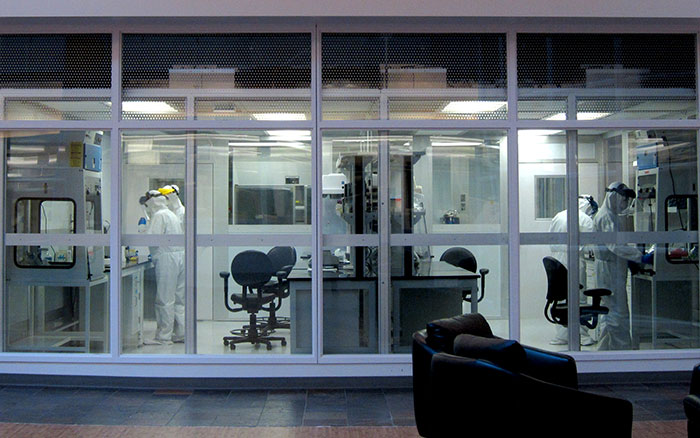 (Photo: Samir S. Patel)
(Photo: Samir S. Patel) -
Letter from Rotterdam September/October 2016
The City and the Sea
How a small Dutch village became Europe's greatest port
 (© Bureau Oudheidkundig Onderzoek Rotterdam)
(© Bureau Oudheidkundig Onderzoek Rotterdam) -
Artifacts September/October 2016
Anglo-Saxon Workbox
 (Courtesy Wessex Archaeology)
(Courtesy Wessex Archaeology)


